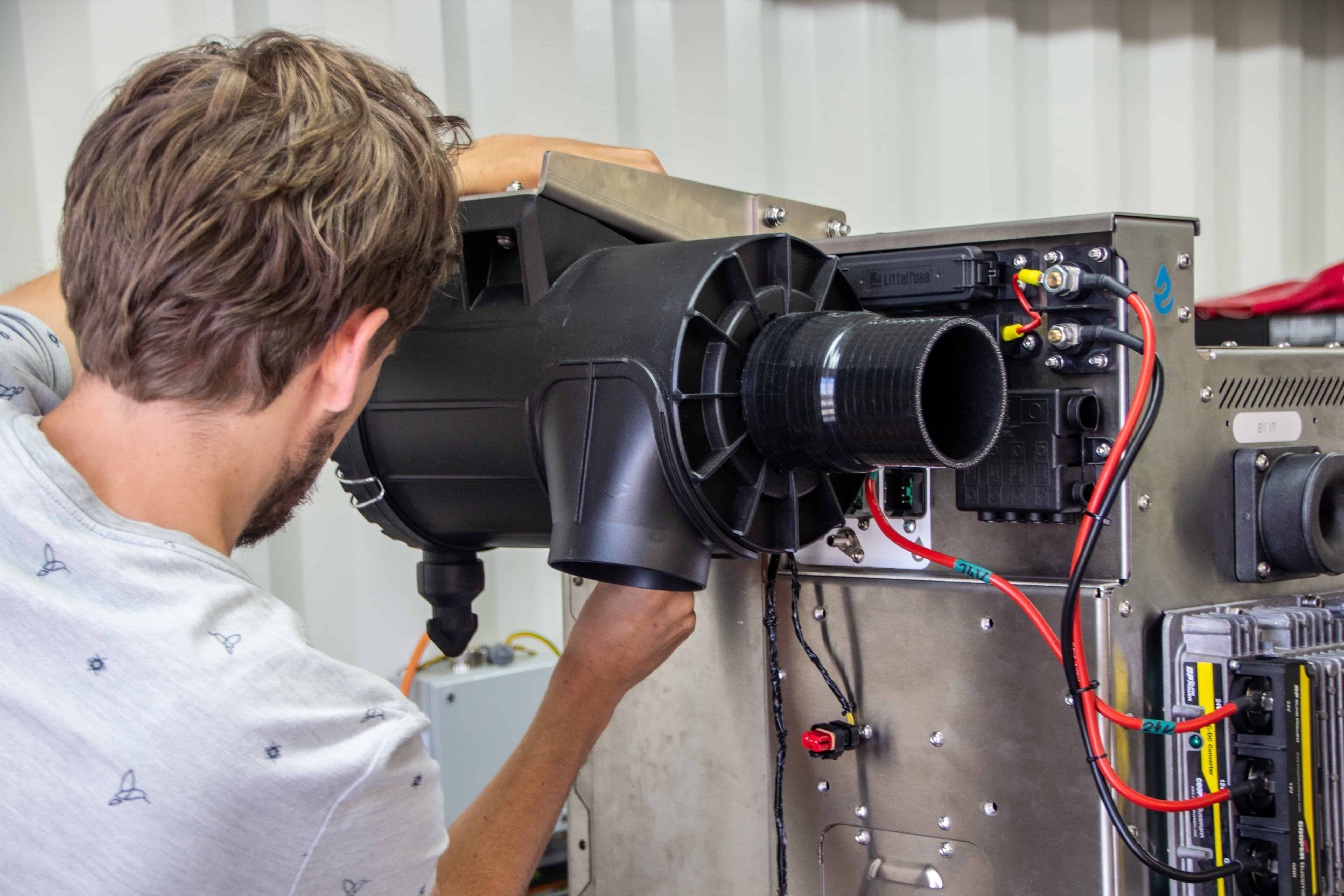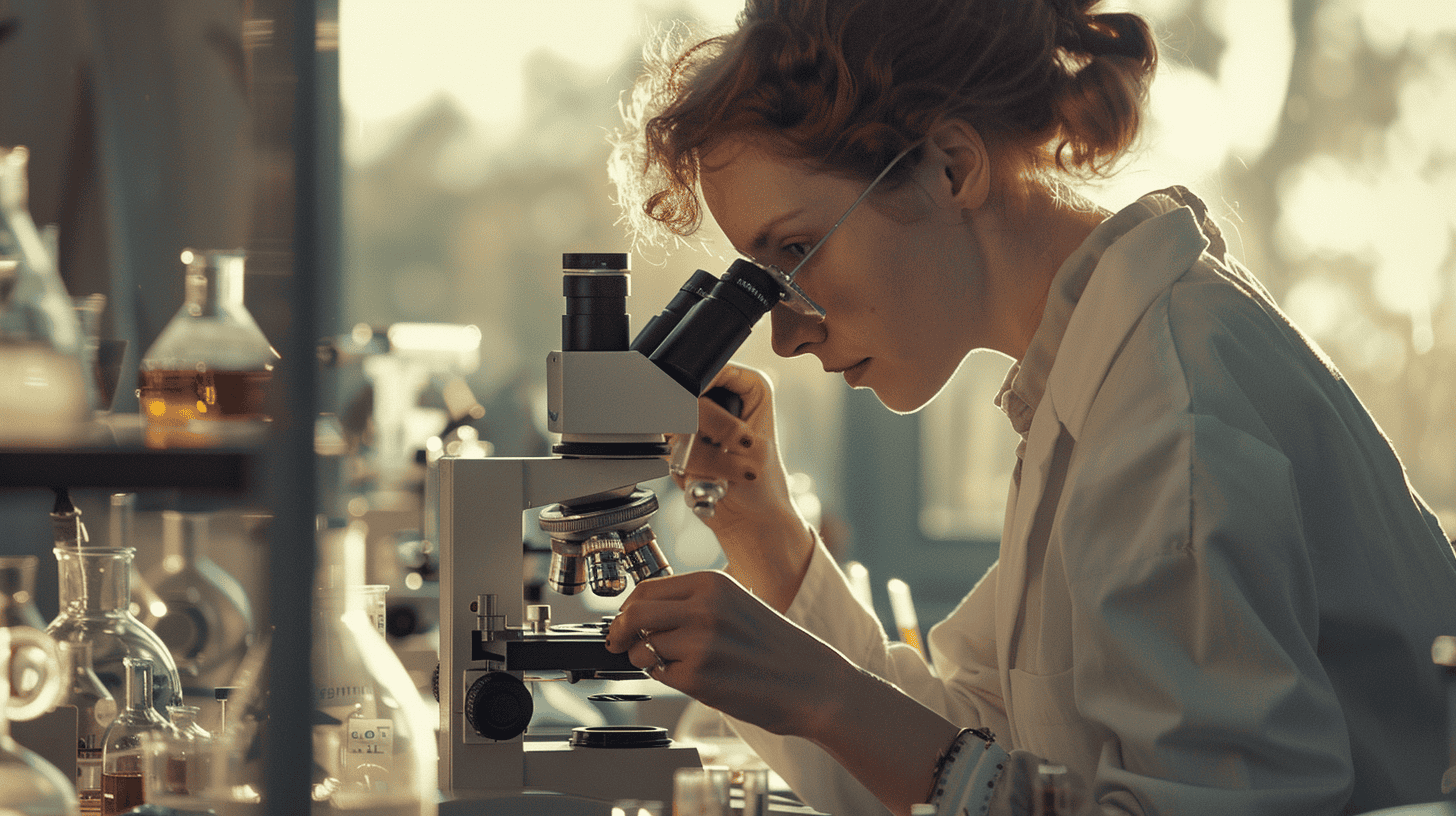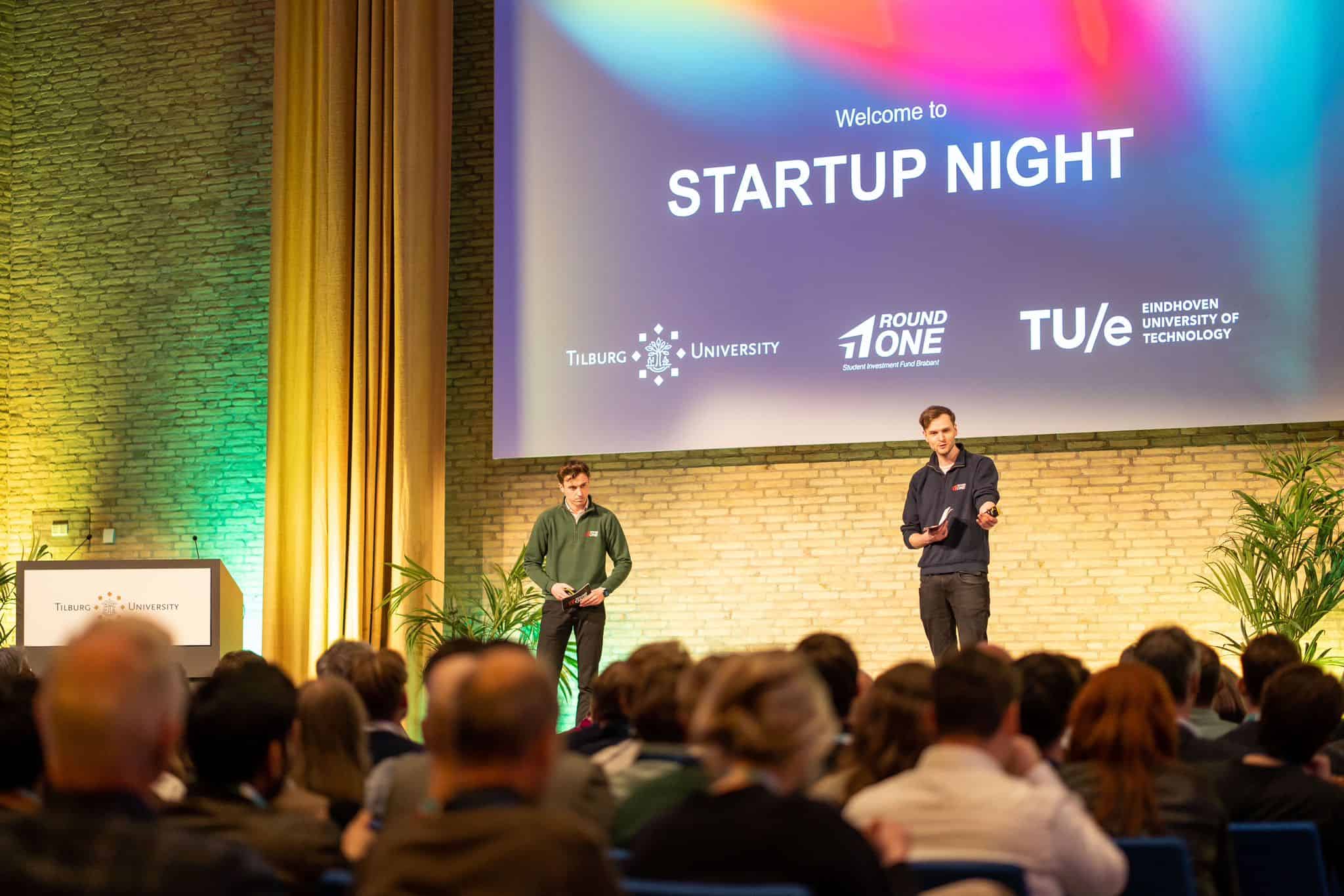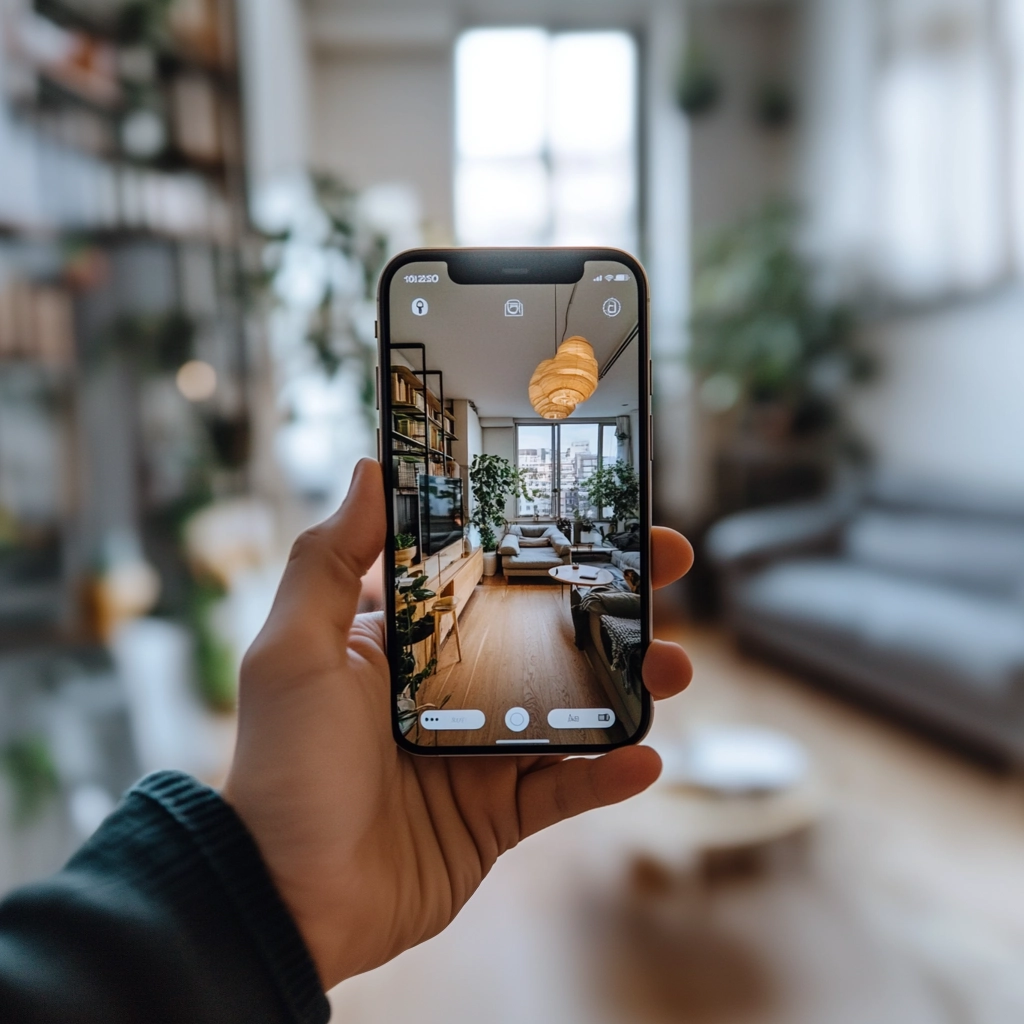

Ten teams of students from all over the world will be competing in the creation of a prototype of a biosensor which can easily and quickly monitor the condition of heart failure patients wherever they go. With 26 million people suffering from heart failure worldwide, the mission of SensUs 2017 is to create a biosensor which will make a difference in the patients’ lives.
In the present situation heart failure patients have to rush to hospitals every now and then when they do not feel well, in order to have their blood checked and know how their condition is going. First, this takes a lot of time and second, a lot of money. Besides, heart failure is a chronic disease and most patients have to learn to live with the disease for the rest of their lives. Hence, the condition needs continuous monitoring and not single time point check-ups, Paul Vernooij, one of the participants of this year’s SensUs, explains.
This is why building a biosensor system which can analyse a blood sample on the spot can play a significant role in healthcare. The advantages of such a biosensor are numerous – it can measure important indicators of heart failure at home, which means quicker results for the patients; it can also detect heart failure at an earlier stage – a patient can be certain if they have the condition within five minutes. Although the SensUs teams are building only prototypes, this is “a great learning process”, as Vernooij called it, and it can provide useful insights for the healthcare domain.

For the last eight months, ten universities from different countries – Belgium, Sweden, Denmark, the Netherlands, Switzerland, Egypt, USA, UK, and Germany – have been designing, building, and testing their own biosensor. They have been building the biosensor systems at their own universities and have been encouraged to make use of their local resources and do everything themselves.
“This is a very interesting and ambitious challenge, there is no better way to learn something,” Vernooij, who is a member of the TU/e SensUs Team, relates. “At university, you have mostly the theoretical part, but building something tangible is so interesting! It is a real challenge to make something that you can actually touch and not just draw it on paper – now if a dust particle or even a hair falls in what you are building, you have to start it all over again! You do not read about this in books”, Vernooij enthused.
The ultimate goal of the TU/e team is “getting the highest tech performance” at SensUs 2017, as Vernooij put it. “Even if we do not win, building something within eight months is s already an accomplishment for us.”
At a question whether the team is ready with its final preparations, Vernooij was explicit: “You are never ready, you can work on it for 10 years and you will always find ways to improve it. But this is technology – a never ending puzzle.”
The event
This year’s SensUs is the second edition of this international student competition on molecular biosensors for healthcare applications. “It is organized for students, by students”, Yi He Zhu, one of the organizers of the event, said. SensUs is organized by students at TU/e in collaboration with professors of international universities. The idea behind its creation is to stimulate the development of molecular health sensing technologies by bringing together international teams of students from various science backgrounds – bioscience engineering, biochemistry, applied physics, medicine and pharmaceutical sciences, to name but a few.
The event takes place on 8 and 9 September 2017 at TU/e Auditorium and it is free and open for everybody. It will also be live streamed for the international students’ families who cannot attend the event. The live streaming can be followed here: digital.sensus.org
“Come and catch a glimpse of the future of healthcare”, Zhu invited everyone.
Photos: SensUs.org









